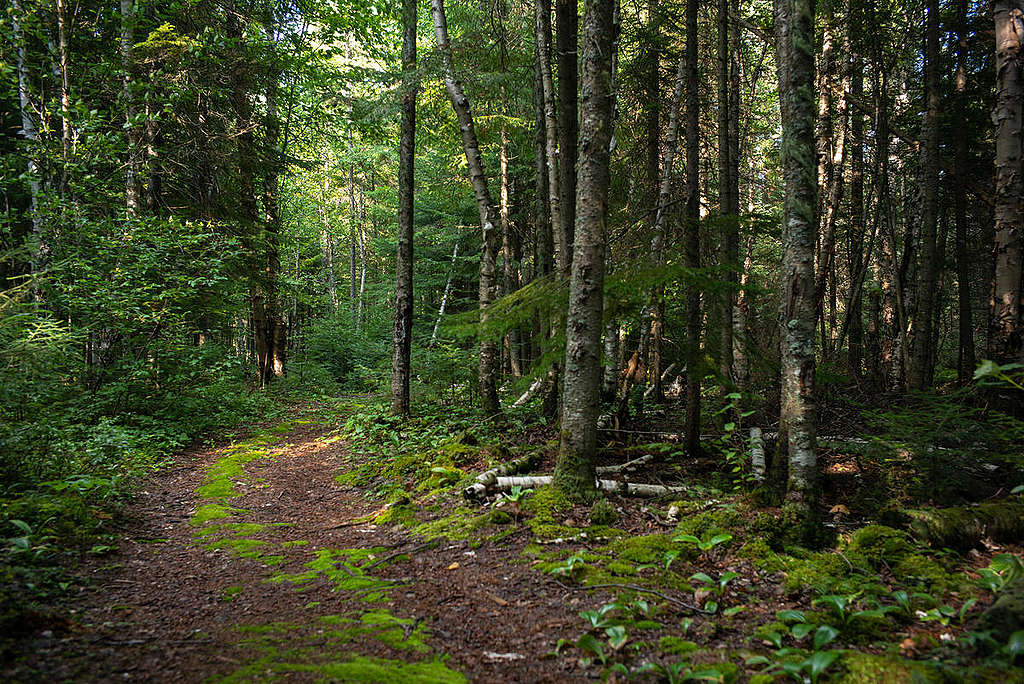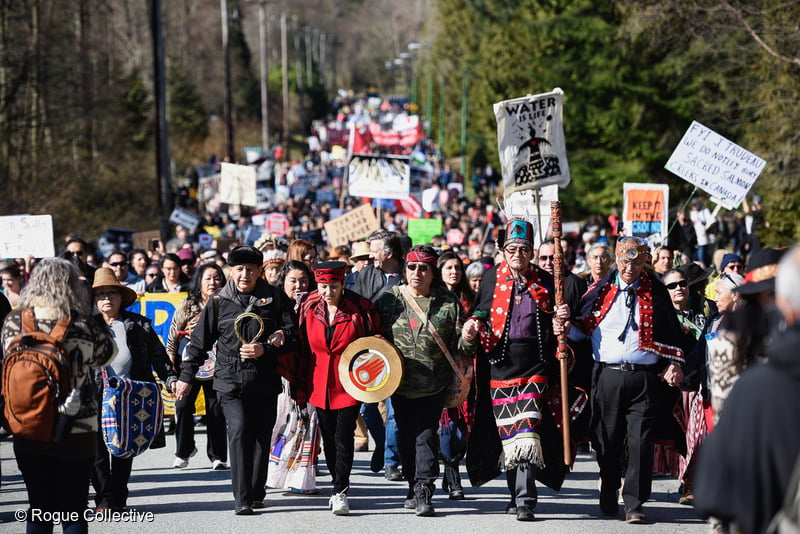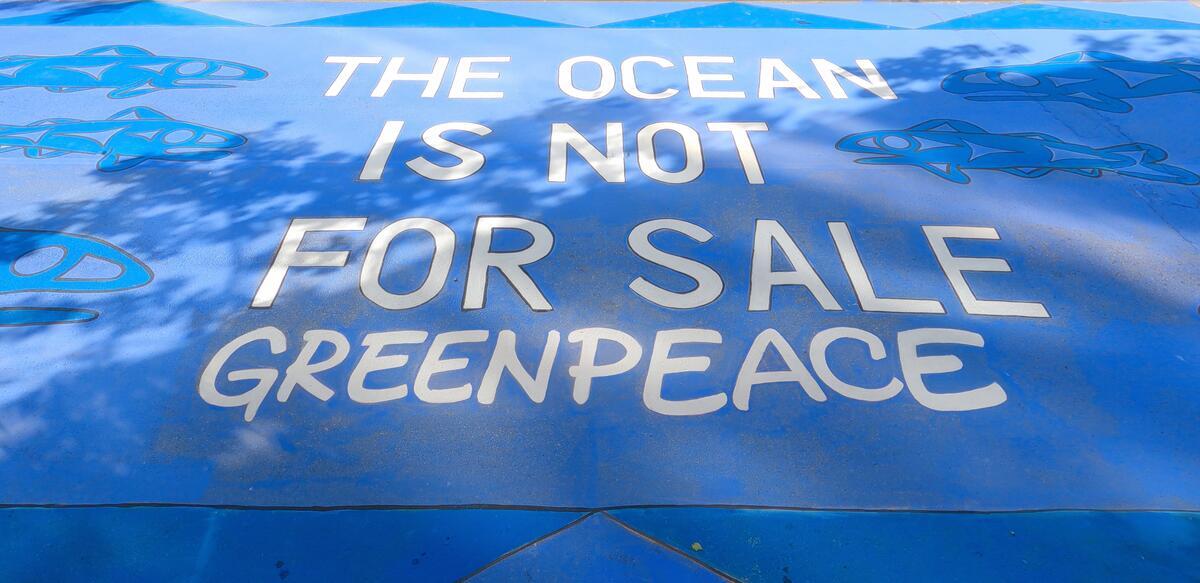One of the world’s last remaining wilderness frontiers, the Canadian boreal forest is a vibrant tapestry of life, culture, and wisdom. Its preservation is a cry for fairness, respect, and partnership, as well as an ecological requirement.

A Symphony of Life
Biodiversity is nature’s song, with each species contributing a distinct note to the symphony of life. This intricacy promotes resilience, balance, and beauty in the boreal forest. Each life type, from towering conifers to graceful migrating birds, contributes to the forest’s vitality. However, our grasp of this delicate balance is still developing, and we frequently overlook one of the most important sources of wisdom: the Indigenous peoples who have stewarded these lands for millennia.
Indigenous Traditional Knowledge: An Invaluable Heritage
Indigenous cultures’ relationship with the boreal forest is more than just a resource; it is a deep connection with the land, creatures, and spirits. This bond fosters a thorough grasp of ecosystems, cycles, and the tiny indicators that indicate imbalance. However, this insight needs to be more frequently addressed in Western-like conservation methods (e.g: what is now dubbed “Fortress conservation” is a colonial approach to nature which has and continues to exclude and even chase peoples off their lands). Recognizing and valuing Indigenous knowledge as a critical component in decision-making is part of decolonizing governments and institutions.
Collaboration: A Path to Healing and Growth
Collaboration between Indigenous communities and government agencies paves the way for more compassionate, effective, and inclusive conservation policies. It is precisely what Greenpeace calls on the government to do by implementing, without delay, a rights-based biodiversity legislation. It requires putting Indigenous Peoples front and center. Collaboration means listening, learning, and respecting one another. For instance, traditional practices of controlled burns, guided by precise timing and patterns, have been used by Indigenous peoples to manage landscapes, enhancing biodiversity and reducing wildfire risks. These time-tested practices can teach modern forestry a lot.
Furthermore, honouring Indigenous rights to govern their ancestral lands is a moral and legal commitment. In December 2022, governments worldwide signed an agreement (Kunming-Montreal Biodiversity Framework) recognizing the importance of recognizing Indigenous knowledge and rights in the global fight for biodiversity. By recognizing (and honouring) Indigenous peoples’ sovereignty and knowledge, governments take an essential step toward decolonization. We must ensure they follow their words with action.
Education: A Bridge Between Worlds
Integrating Indigenous wisdom, knowledge, and history into education builds bridges between generations and cultures. School programs that value traditional knowledge alongside scientific methods give students a more complete picture of conservation. Furthermore, public awareness efforts can create a deeper understanding of Indigenous cultures, social justice, and their critical role in biodiversity conservation. These initiatives help to weave a social fabric that values diversity in nature and human groups.
A Future of Respect and Harmony
The path toward a more biodiverse, just, and respectful future lies in our ability to see beyond our perspectives and embrace a more inclusive vision. By integrating Indigenous wisdom, respecting their rights, and promoting collaboration, we are preserving the boreal forest’s incredible biodiversity and healing historical wounds.
We are creating a future in which nature’s music blends with the harmonies of human dignity, empathy, and wisdom. We are composing a symphony in which every voice is heard, every note is respected, and the melody of life plays in beautiful, endless harmony.



